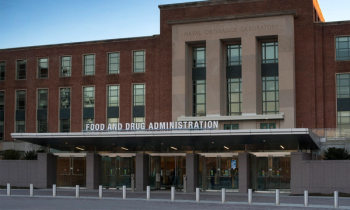
Drug Topics recently spoke with the FDA about the role pharmacists can play in patient education.
Anthony Vecchione is Executive Editor of Drug Topics.

Drug Topics recently spoke with the FDA about the role pharmacists can play in patient education.

How new technologies are enabling pharmacies to increase adherence and their bottom line.

Walgreens announces Digital Marketing Platform

NACDS supports the Patient Right to Know Drug Prices Act that ends gag clauses
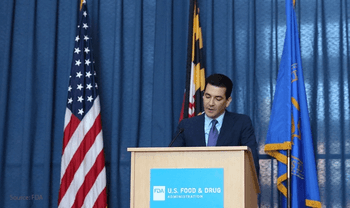
FDA releases Biosimilar Action Plan


A study has found that pharmacists in primary care networks can help lower A1c levels.

McKesson Corporation’s ideaShare 2018 conference. The annual forum is designed to help independent pharmacy owners improve their businesses, with interactive exhibits and workshops.

The most often prescribed drugs for seniors, and how their prices have changed.

Critical medications are often unavailable, potentially harming patients across the country.

Three pharmacy groups sue Washington State over Medicaid Program.

Standardization coming for drug labeling and packaging.

When drugs are hard to tell apart, mistakes happen-one study may have found a solution.
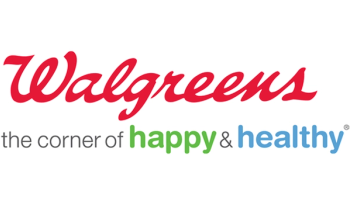
Scripps Translational Science Institute Partners with Walgreens/Blue Cross Blue Shield to enroll volunteers to use technology to study their own health.
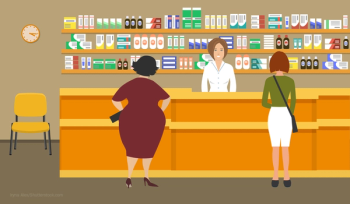
At the NACDS annual meeting, a push for policies that allow pharmacies to optimize care.
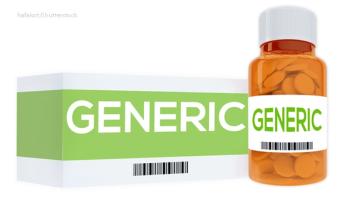
Brand-name drug companies are finding creative ways to extend patent protection, causing patient access problems.

Hospital-acquired infections continue to plague the nation’s hospitals. Here’s how pharmacists are helping address the problem.
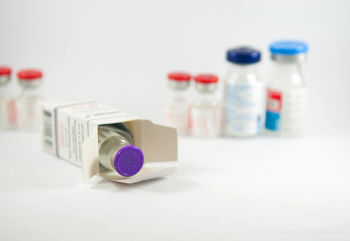
How one health system is coping is coping with the shortages.

Critics point to reduced competition, higher costs.
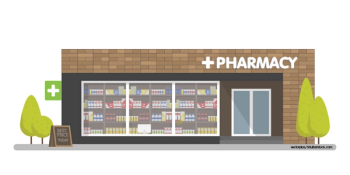
New study finds just how much people like and trust their pharmacists.

Research finds that pharmacists in ACOs improve medication use (and save money).

Study finds that patients like wellness visits conducted by pharmacists.

By using automated medication inventory management, pharmacists are freed up to perform more patient focused care.

At the Generic Pharmaceutical Association meeting in Phoenix last month, Drug Topics' Managing Editor of Projects, Anthony Vecchione, spoke with Gary Buehler, R. Ph., Director, Office of Generic Drugs.

Like it or not, health-system pharmacies are under tremendous pressure to perform at a high level. Addressing patient safety concerns, improving outcomes, implementing state-of-the-art technology, and keeping drug costs down requires a juggling act that pharmacists must perform on a daily basis.

When Michelle Rutledge, Pharm.D., heard about the fatal shooting of a hospital pharmacist at Shands Jacksonville hospital in Florida last November, it really hit home. The victim, 37-year-old Shannon McCants, was a fellow graduate of the Florida A&M College of Pharmacy. McCants was shot by a customer who was waiting for a prescription to be filled in the outpatient pharmacy. Rutledge, an associate investigator at the James A. Haley VA Hospital in Tampa, said that e-mails from former student-colleagues began pouring in.

At the ASHP Midyear Clinical Meeting in December, technology vendors from the largest system integrators to mom-and-pop software startups hawked their products and services. Bedside bar-coding, medication management tools, and smart pumps were among the dominant product categories displayed.

With what may turn out to be a nationwide model, hospitals in San Diego have joined forces in an effort to reduce the number of adverse drug events (ADEs) associated with intravenous medication administration.

For too long now, many technicians have been trained in programs that just don't meet quality standards. Pharmacists know about this, but many people outside the profession don't. At its midyear meeting in Anaheim, Calif., Henri Manasse, executive VP and CEO of ASHP, made known his intention to expose this "dirty little secret" to state legislators and the public.

According to the U.S. Census Bureau, every 31 seconds a limited-English speaker enters the United States. For the approximately 48 million residents who speak a language other than English at home, that language barrier looms large when they visit an emergency room or are admitted to a hospital.

Published: August 8th 2004 | Updated:

Published: August 8th 2004 | Updated:

Published: November 22nd 2004 | Updated:

Published: September 27th 2004 | Updated:

Published: December 11th 2006 | Updated:

Published: December 11th 2006 | Updated: